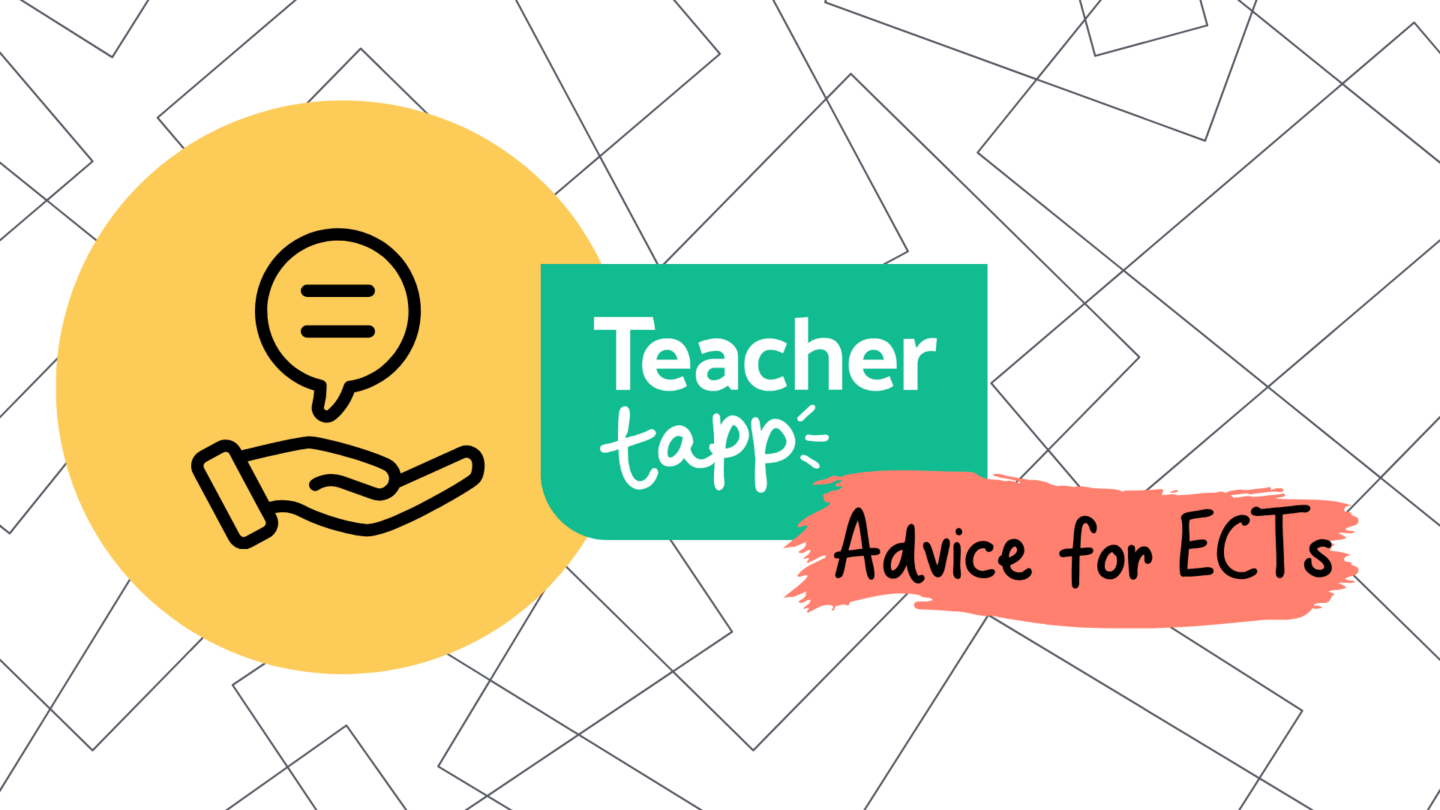This week, for the first time ever, we had TEN THOUSAND TEACHERS answer questions on Teacher Tapp 🥳

We’re so excitied to reach this milestone! It means we can keep producing high quality research, AND we can ensure loads of teachers voices are heard by those in power.
We’re celebrating by randomly selecting one lucky Tappster to win our fantiastic prize bundle. We’ll be in touch with the winner via email, so check your contact preference in the app to make sure we can get in touch!
Now, onto analysing those 10,000 responses!
Sick days 🤒
Teaching must be one of the only professions in the world where if you wake up feeling poorly you are likely to still have to open your laptop and submit some work before you can crawl back under your duvet.
Are there any teachers who don’t have to set the cover for their class when they are off sick? If you’re a primary teacher, you might be in luck… 17% of primary teachers have a colleague who would set the work (only 9% of secondary teachers have this luxury) and 13% have ‘fixed’ lesson plans that anybody could pull them out for classes that day.
And in case you were wondering, this is pretty much identical to when we asked last year, so it does not look like it’s a moveable feast either – at least not recently.

What about if it’s the students who are ill? Do you have to provide work for them to do?
Again, there’s quite a difference between primary and secondary schools. Only 4% of teachers in primary are required to provide online learning to students who are off ill, compared to 16% of those in secondary. Furthermore, teachers in secondary schools with more deprived intakes were more likely to have to do so (22% in FSM Q4 schools vs. 12% in FSM Q1).

Teaching Assistants
Last August, unfunded pay rises led to school leaders having to do some emergency budget calculations (sound familiar?). Back then, 42% of leaders told us that they needed to consider staff cuts, with teaching assistants the group most likely to face redundancy (or non-replacement). So how does staffing look now?
Obviously, TAs are deployed very differently in primary schools to secondaries. In primaries, 88% of EYFS/KS1 teachers had a TA in their class on the day we checked last week, and 81% of KS2 teachers had one. In Secondary the figure was 35%.

Is this different to previous years? No, it’s broadly inline with 2018 and slightly higher than 2022. Recruitment and retention can take a while to play out in the classroom though, so we’ll continue to keep an eye on this into the next academic year.

School Improvement
We’ve been investigating school improvement for a few months now 🕵️♀️
The story so far…
In March, we found that nearly all of you know what your school improvement priorities are. We also found that in most cases, you think behaviour should be the top priority if you work in a secondary school, and curriculum / assessment (closely followed by behaviour) should be the top priority if you work a in primary.
Then, in April, we compared schools’ actual priority to your top priority and found broad agreement in primary (i.e. many primary teachers said curriculum should be the top priority, and it was) but some significant agreement gaps in secondary, e.g. 31% of secondary teachers say that their school’s top priority should be behaviour during lessons – but less than half say this is actually the case in their school.
This week, looking to investigate these differences we checked on whether leaders are good at explaining why the school has chosen its current priorities.
Amongst primary teachers (the group where priorities broadly aligned according to our previous questions) around two-thirds agreed that leaders had been good at explaining the reasoning behind the current priorities.
But in secondaries (can you guess what’s coming here?), only around half of class teachers felt there had been a good explanation.
This probably isn’t too surprising given that secondary heads are likely to be communicating with far more class teachers than their primary counterparts… Indeed only 54% of secondary heads gave themselves top marks (strongly agree) when it came to explaining why the school has chosen its current improvement priorities, compared to 65% of primary heads.

But beware of too many priorities…
You don’t need to be a management consultant to know that the more new things that are added to the list of priorities, the harder it will be to complete the list. Yet two-thirds of class teachers say this happens 😔
And in which type of school is this most prevalent? Those with the lowest Ofsted grade 😔😔

And finally…
The most read tip this week was: Running better meetings!
And here are the rest for your reference:





